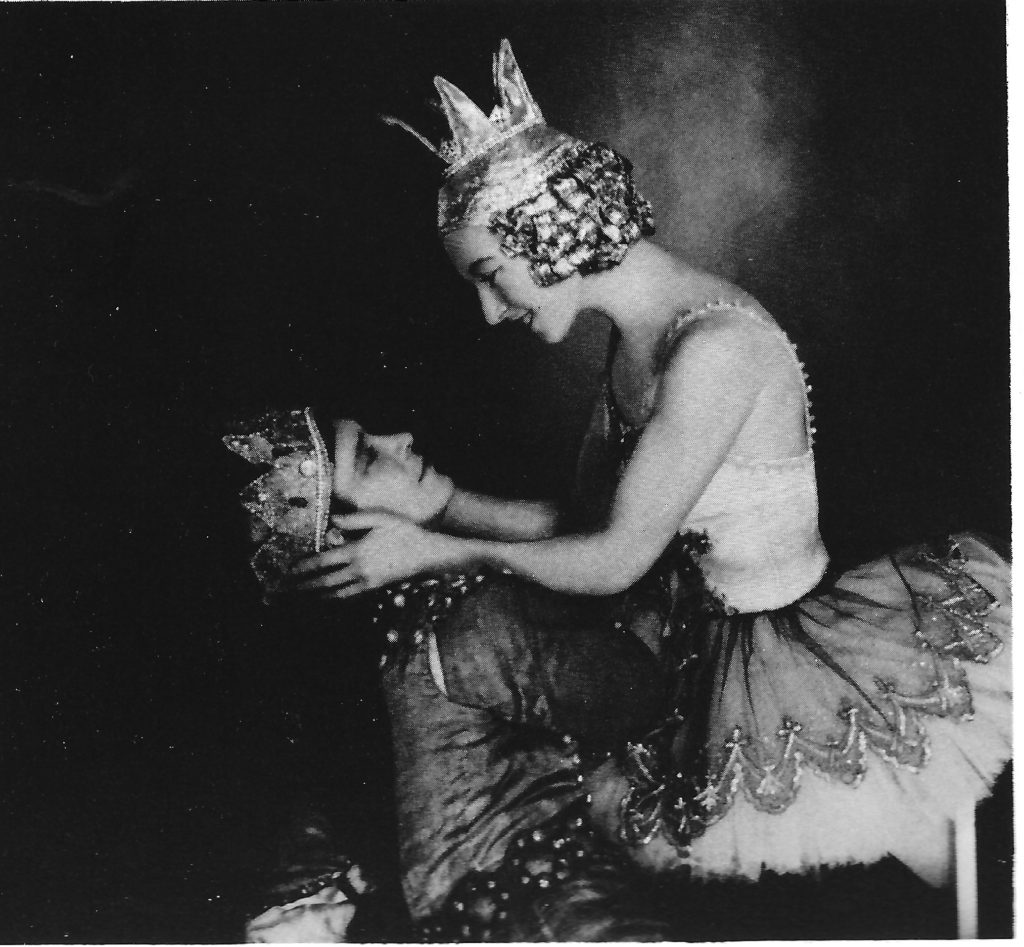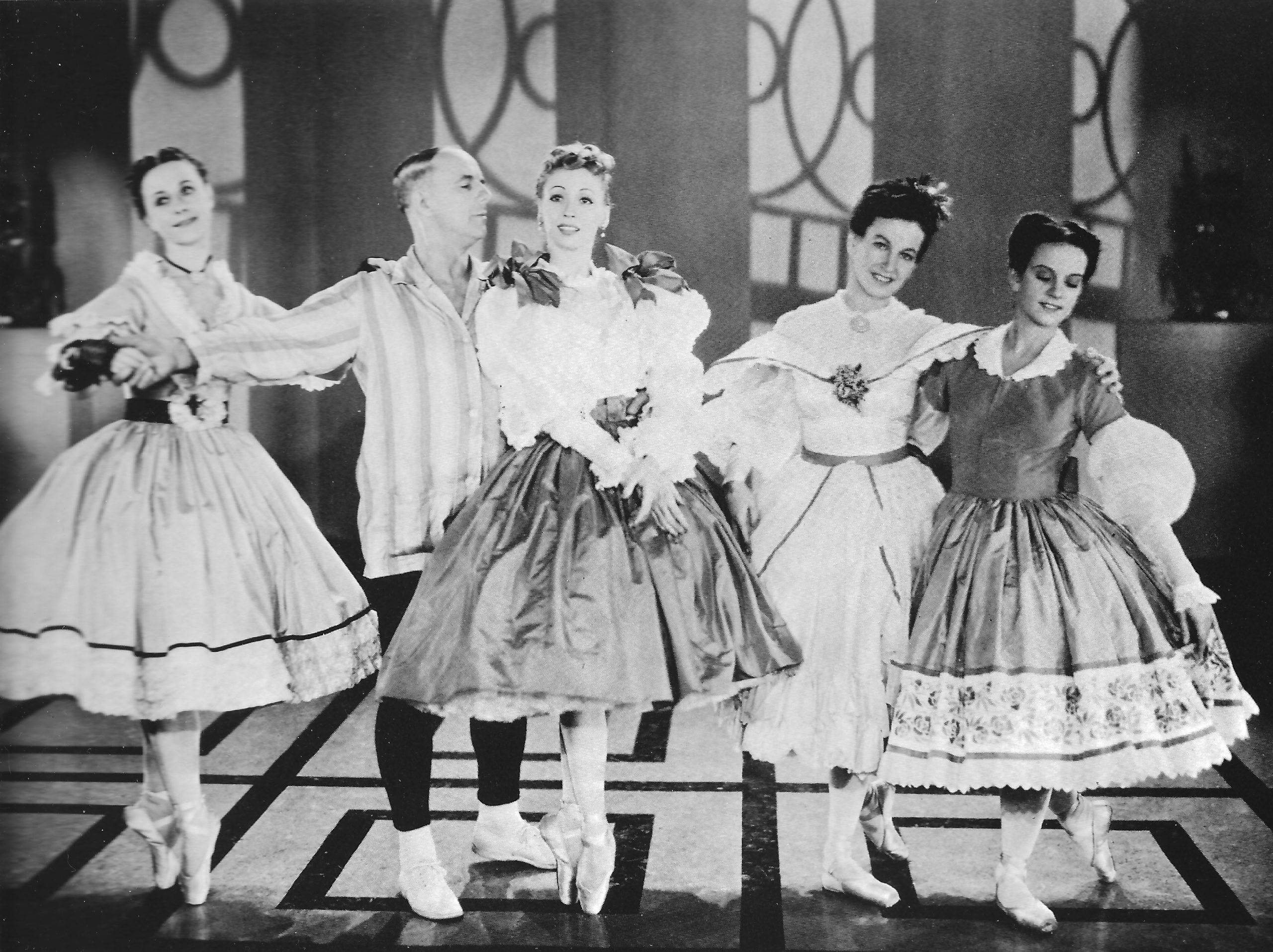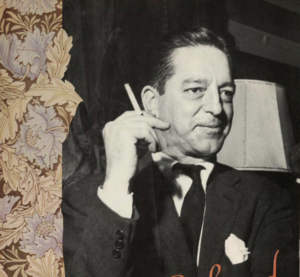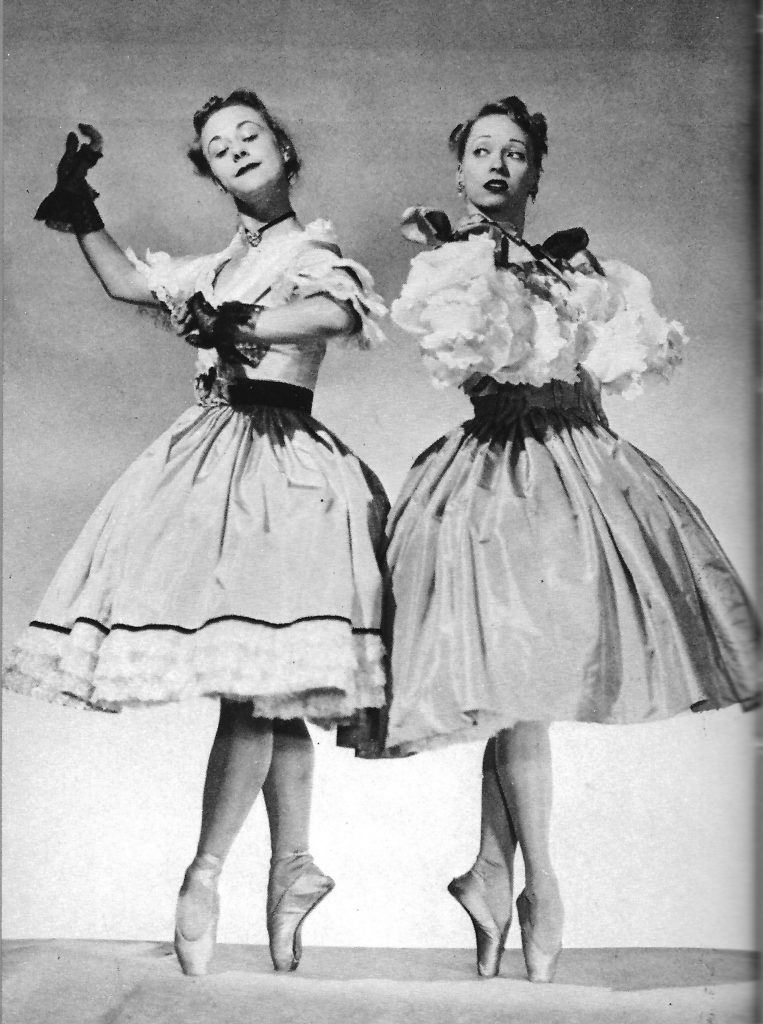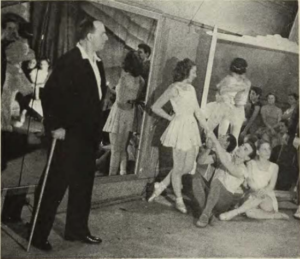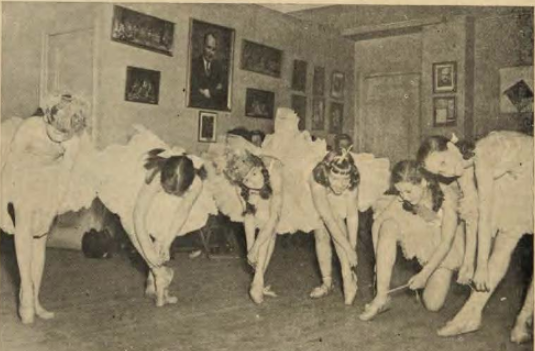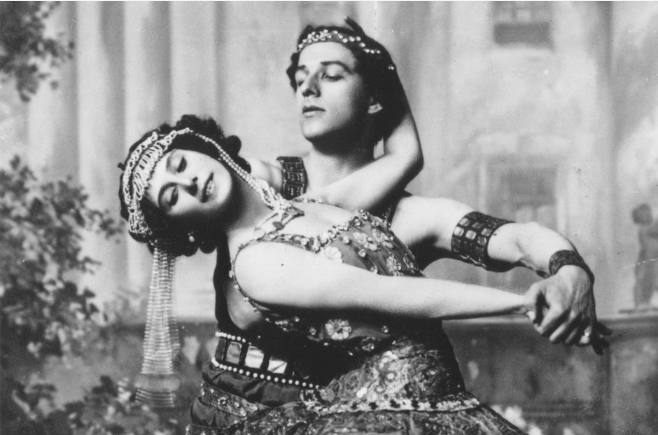Like many of you, I’m taking the time at home to burrow into boxes of old stuff to see what I can get rid of. One of the treasures I found was a set of handwritten corrections on my first wobbly attempts at writing. In 1971, I was taking a weekly workshop in dance criticism led by two formidable women: Deborah Jowitt and Marcia B. Siegel. At that time Deborah was a dancer/choreographer as well as the dance critic for The Village Voice. Marcia has written for many publications, including the Boston Phoenix for sixteen years. Currently, Deborah has a regular “DanceBeat” on ArtsJournal.com, and Marcia posts on the ArtsFuse.org. Both are brilliant writers, and I’m always interested in what they have to say and how they say it.
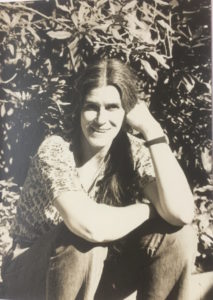
Deborah Jowitt c. 1972
Those six-week workshops were given under the auspices of Dance Theater Workshop (which morphed into New York Live Arts in 2011). A small group of us gathered either in Deborah’s living room in Greenwich Village or Rosalind Newman and Tom Borek’s loft in Tribeca. Sitting on the floor, we read our reviews aloud and responded to each other’s offerings.
At the time, my main effort was choreography, but I liked the workshop so much that I took three cycles of it. I’ve said that the workshop appealed to me because I just wanted to keep talking about dance. But upon discovering these old papers, I see another reason I kept signing up for the course: I was serious about writing.
In addition to correcting the usual errors like redundancies and verb tenses gone awry, Deborah and Marcia challenged us to be tough on ourselves. Their critiques, sometimes accompanied by biting humor, strengthened my perceptions as well as my prose. They taught me to hear the writing.
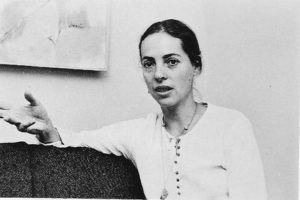
Marcia Siegel by Nat Tileston, 1970s
Keep in mind, this was decades before YouTube. Dance reviews were pretty much the only tracings of a performance available to the public at large.
In this entry, I am extending my hand to the past, in gratitude to Deborah and Marcia, while also extending a hand toward future dance writers. According to my colleague Siobhan Burke, who teaches at Barnard, more students than ever before have signed up for her annual course in dance criticism. So, despite the recent evaporation of live performance, maybe this is a good time to help cultivate a new generation of dance critics.
Below are examples from six of my attempts from 1971–72. I tried to give just enough of my own words for you to see the point of my teachers’ comments. I also tried to retain the casual—yet very different from each other—styles of their corrections.
¶¶¶
- The performance: Two choreographers at the Cunningham Studio, Oct. 1, 1971.
What I wrote: “…along with an expanded sense of space and time.”
Deborah: “a little confusing if you don’t plan to say how they did this pretty soon.”
What I wrote: “After a while of this…”
Deborah: “No! Maybe, After doing this for a while.”
What I wrote: “This led to the poignant question, ‘Do you sense me?’ ”
Deborah: “How is this poignant?”
What I wrote: “The dancer doesn’t use his own impetus.”
Deborah: “What gives this impression? In other words, what do you mean by impetus?”
What I wrote: “…this adds to the effect of cerebralism.”
Deborah: “Do you mean cerebralism? Or just cool, detached, etc?”
What I wrote: “…was presented…were done…was…was…”
Deborah: “Too many blah verbs.”
Marcia’s final comment: “You can make everything stronger by using more specific words & tightening up the conversational diffuseness, e.g. ‘showed the smoothness and casualness with which she moves’ could be ‘moving smoothly and casually.’ Also you may find that consciously pulling it together will sharpen your perceptions. Once you condense or delete “a film…that took a little too long,” you’ll start thinking about what to really say about the film, why it took too long. . . . Especially pay attention to verbs—use descriptive, specific ones instead of plain ones like go, do (I won’t embarrass you by underlining the do’s, but . . .) or the auxiliaries—is, was, etc. This will improve your writing enormously. . . . I find you usually describe things accurately but sometimes miss the point. Try to think beyond the dance’s physicality to its shape or sensibility. Also consider the dynamic qualities more—the best line in your piece is about the Cunningham quality of ‘fast, disconnected movements and unexpected calms.’ These kinds of words carry their own emotional weight & if they’re accurately and carefully chosen can convey the atmosphere of the dance better than how many steps to the right etc.”
- The Performance: Ritual Acrobats of Persia at Brooklyn Academy of Music, Nov. 9–14, 1971 (I wrote this one in my messy penmanship.)
What I wrote: a section on the dancers’ spectacular feats and the audience reactions.
Deborah: “These two paragraphs cut into the middle of another kind of thinking. Surely the paragraph that begins ‘All the group’ and the one that begins ‘A point of interest, for me’ belong together. With a little reworking, they might fit.”
What I wrote: “group unison”
Deborah: “redundant”
Marcia’s final comment: “You saw all the right things but didn’t dig into why they made you react. I think you can avoid some of the rather choppy feeling your writing has by combining ideas. Take the essential facts of this sentence ‘older but more sprightly’ and put them in the next sentence. Also putting two slightly different ideas in one sentence will help you vary your sentence structure, using subordinate clauses (although, however, since, while etc) and other constructions. . . . Pay more attention to the sound of your writing. It gets monotonous, just like music, when every phrase is built the same way, gives the same kind of information, has the same mood. . . . Did you get The Elements of Style?” [the classic book about writing by Strunk and White]
Deborah’s final comment: “I like your observation about the ways the different men execute the various stunts. You saw some things clearly and wrote vigorously about them. . . . The organization of the review is pretty dreadful. A lot of skipping around etc. . . .By the way, you’ve got a splendid catchy lead if you had used it as such: ‘Are they dancers? Soldiers? Circus entertainers? Or monks?’ Then you can explain why you wonder, What makes them a little like all of these and yet not wholly like any of them? And you’re off and running with your remarks about the walk, the few spectacular tricks, the daily chore-look, etc. . . WHAT HAPPENED TO YOUR TYPEWRITER? UGH!”
- The performance: A single dancer/choreographer “with friends,” Cunningham Studio, Nov. 19–20, 1971.
What I wrote: “Beautiful dancers don’t necessarily make beautiful dances.”
Marcia: “This would be a good lead for the article you wrote. (Perhaps better than your nice metaphor, since the metaphor is only true partly, i.e. she’s not always enigmatic.)”
What I wrote: “…the sweeping backbends are breath-taking…M is divinely ordained to dance…”
Marcia: “This borders on fan-mag style, but you are specific enough to get away with it.”
What I wrote: “Unfortunately, the exquisiteness of her dancing does not conceal the mediocrity of her choreography.”
Marcia: “Brutally abrupt shift!”
What I wrote: “The bulk of the dance…”
Marcia: “Awkward, sounds like something to do with digestion.”
What I wrote: “Miss M and two cohorts”
Marcia: “Has a slightly different connotation than you mean—more conspiratorial.”
Marcia’s final comment: “As I said in class, the first two graphs is the strongest writing I’ve seen you do. It happens because you really have empathized and have contributed your feelings to the event without obliterating the event. Do it more!”
- The performance: Three Choreographers at Cunningham Studio, April 30, 1972.
What I wrote: “…was a treat for all of us who have admired…”
Marcia: “In-group sounding”
What I wrote: “It also includes some unnecessary running around:”
Deborah: “to whom?”
What I wrote: “…being punctuated with smiles of guileless guile.”
Deborah: “Agnew-esque” [Spiro Agnew, vice president at the time, had a penchant for derogatory alliteration; he later resigned because of corruption.]
What I wrote: “Pure movement invention need not be bolstered by props and lighting.”
Deborah: “Last sentence sounds sort of preachy.”
Marcia’s final comment: “This article presented a real problem — you might have solved it better by not trying to tell what the choreographers are like as dancers, since none of them danced here. Or set up the structure so that you described each dance first & then made some comment on its relation to the choreographer’s own movement style. . . . I feel it was an interesting concert but I wouldn’t have cared about the stuff you spent the most time describing: how the performer & choreographers look & move. It’s a useful observation and sometimes unusually good but doesn’t tell me what I want to know about 3 first choreographies.”
- The performance: Two choreographers, Minor Latham Playhouse, Dance Uptown, May 12, 1972.
What I wrote: “…walking hurriedly…”
Marcia: “Opportunity to use one terrific verb: rushing? zooming? sprinting?”
What I wrote: “…they seem to get caught up in a whirlwind without changing their steps.”
Marcia: “What make you feel this? acceleration? intensity? space?”
What I wrote: “…renew fully my usually tenuous faith in humanity.”
Marcia: “Theme of this article? Then you don’t need to state it, just make the article illustrate it.”
Deborah’s final comment: “Beginning (1st first para) excellent. I like description of how they look. Captured feel of the dance.”
What I wrote: “…renew fully my usually tenuous faith in humanity.”
Deborah’s additional final comment: “Stop THESE PRISSY ENDINGS.”
Marcia’s final comment: “Wendy, I really feel like you’re making progress, slow but sure. Please pay more attention to your writing persona. Who are you talking to? yourself? me and Debby? an anonymous reader? the class? Decide, then tell everything that person needs to know. It’s a kind of performance if you like, it has to begin & end, give a complete account of itself. Put the first person singular in place of all the “we” and “you” etc. Say more about how they moved than what they looked like. Be aware that we readers need some continuity — if dance doesn’t have a plot or music etc, what is the structure? The dynamic form? Here you seem to skip around, picking out phrases or images to talk about — are they random choices? Because the dance is random? Why did you happen to think of them? Are they the most important things?”
• The performance: A composer and dancer at The Kitchen, Broadway Central Hotel, May 19, 1972.
What I wrote: “…proved to be equally at home…”
Marcia: “cliché”
What I wrote: “The novelty of the loveliness of her dancing…”
Marcia: “wordy construction”
What I wrote: “It seems unfortunate that so little of this long and dancey dance sticks in my memory. Choreographers must learn not to flood their audiences. If S had edited out parts of the dance, I’m sure the remaining segments would have remembered themselves to me more vividly.”
Deborah: “Ugh! Double ugh. You’ve made your point. Find an ending that doesn’t sound like advice from Your Dance Doctor.”
Deborah’s final comment: “I like the whole review for its reflective, friendly tone, but feel the need for just a few more specific details.”
Marcia’s final comment: “Now that you know something about form, maybe we better start working on syntax. You need to write more tightly, less discursively. Avoid weak verbs — get more directly at the action, e.g. ‘she walks’ is better than ‘it is to walk.’ But ‘she paces,’ ‘she stalks,’ ‘she staggers,’ ‘she marches’ are better than ‘she walks.’ . . . ‘Another was when’ is almost never O.K. . . .I like this best in the beginning when you describe qualities. Later you talk a lot about positions & floor patters & I don’t get any feeling what the dancer was doing.”
- The performance: A dancer/choreographer whose work I had danced in, May 24, 1972 (Woe is me, cuz this is also handwritten.)
What I wrote: “F is on a things trip.”
Marcia: “good lead”
What I wrote: “One man combs a woman’s breast as though scooping the last of some soup into his spoon.”
Deborah: “very neat”
What I wrote: “I remember the opening of the piece.”
Deborah: “clumsy”
What I wrote: “strange”
Deborah: “If it’s all that strange, tell us about it.”
What I wrote: “…escapes my memory.”
Deborah: “a cliché”
What I wrote: “I felt that too often, an intriguing image like that one was dropped instead of being allowed to evolve.”
Deborah: “roundabout language”
What I wrote: “She marvels at assorted items in her basket and then sings a wilted rendition of ‘Lavender Blues’ to a plastic rose.”
Marcia: “nice”
Deborah: “Your last para, on p. 1, which summed up your opinion, might be better as a close — perhaps with a less equivocal last sentence. Beware of passive verbs. They’re weak. ‘Man holds rope’ better than ‘rope is held.’ Review unbalanced — like dance. What else happened, what did group do? Incomplete article. . . . WHAT HAPPENED TO YOUR TYPEWRITER?”
Marcia’s final comment: “This is better— yr getting a sense of the color & sound of words! I don’t feel a whole evening, if that’s what it was. The things you choose as unifying factors are fine, but you should also look for what the choreographer thought was keeping it together, and tell us that, even if briefly . . .(Some of the ways you describe the pc. & especially F seem inconsistent with what I know about her style. Could the ‘serenity,’ ‘liquid flowing’ and ‘resilience’ be things you feel because you like her? You have to be very sure of these things when writing about a close friend or colleague.)”
¶¶¶
I realize that I am still learning these lessons. Marcia and Deborah sit on my shoulder, compelling me to pay close attention to my choices. I’ve brought them with me as I edited other writers’ work at Dance Magazine, and now as a teacher, correcting papers.

Marcia and Deborah, Bournonville Festival, Copenhagen, 2005
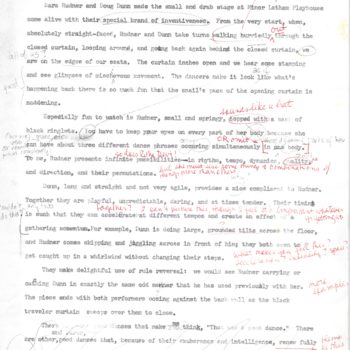
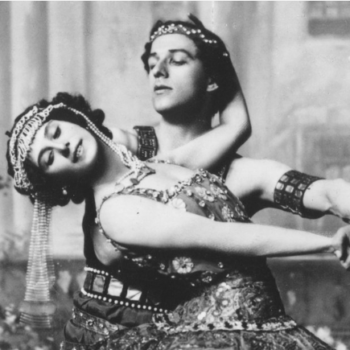
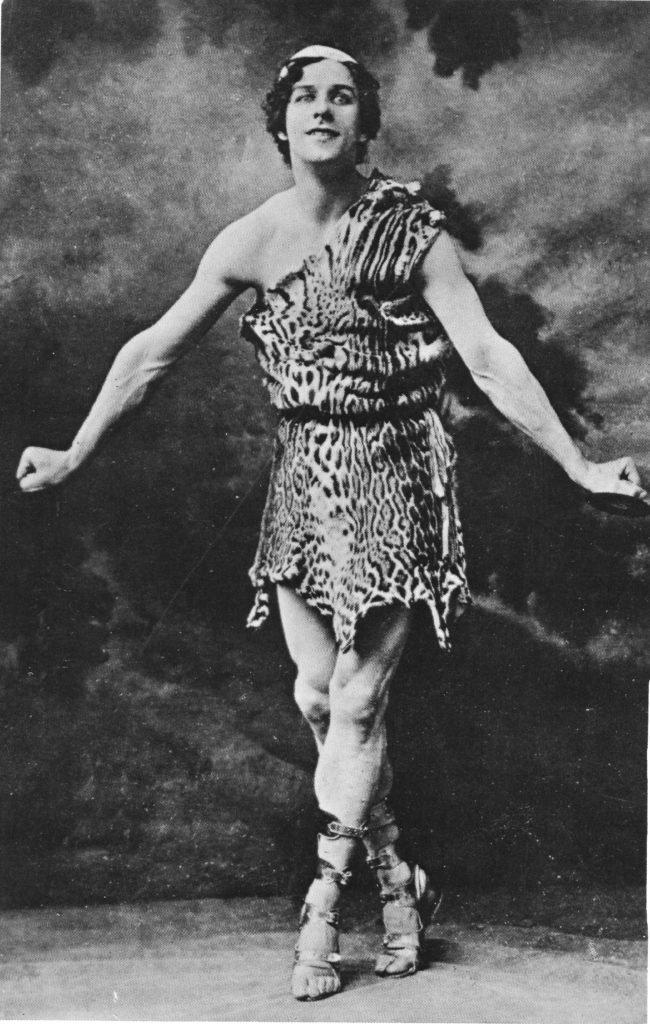
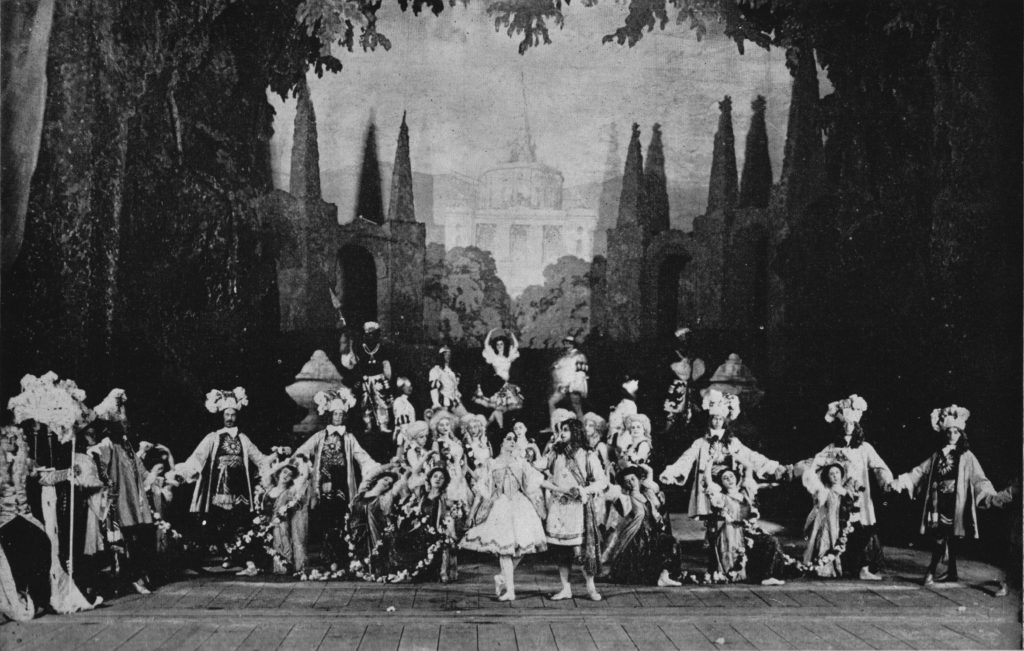
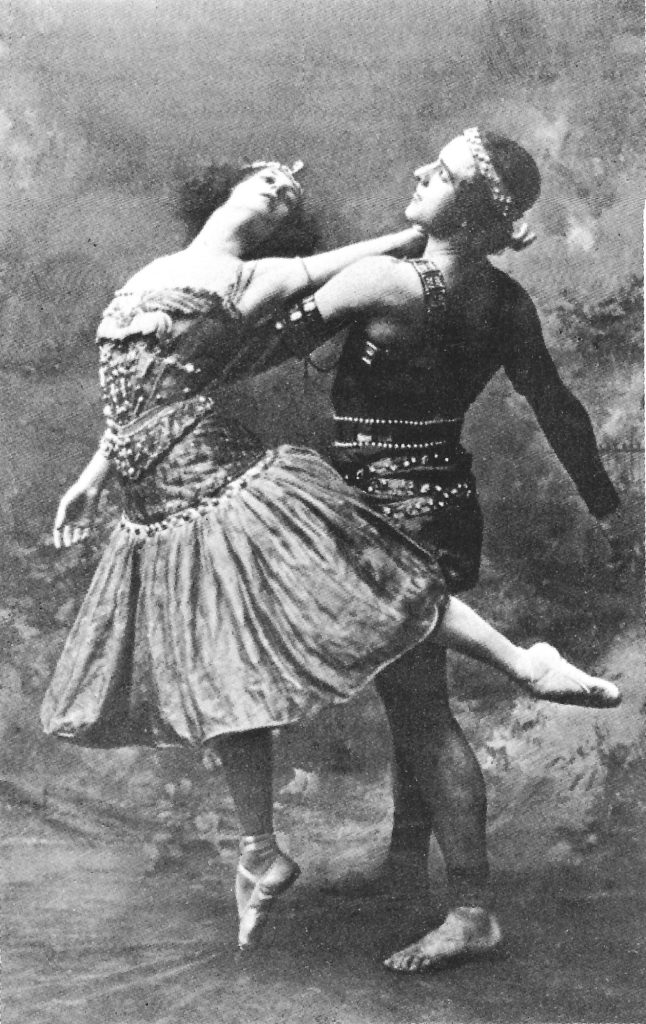
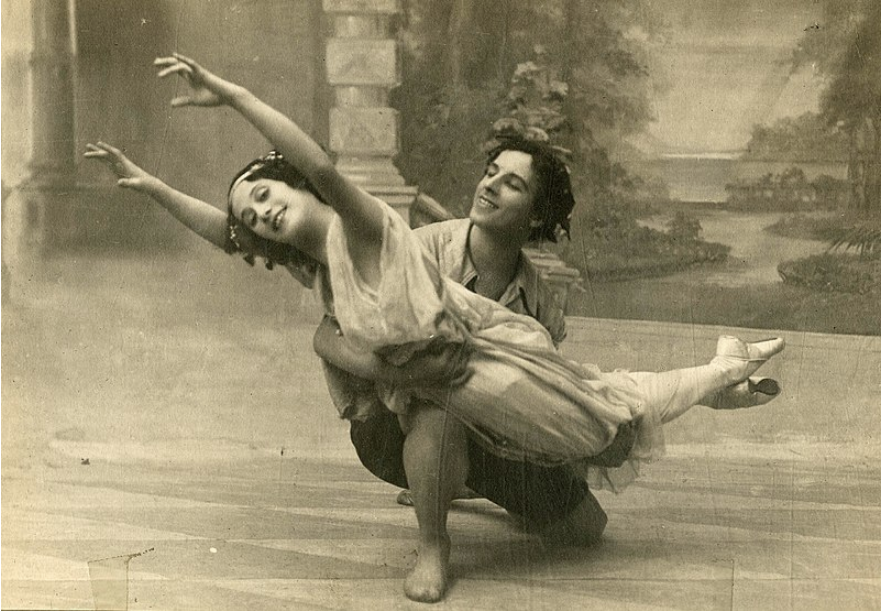
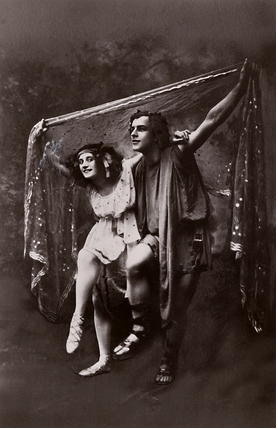
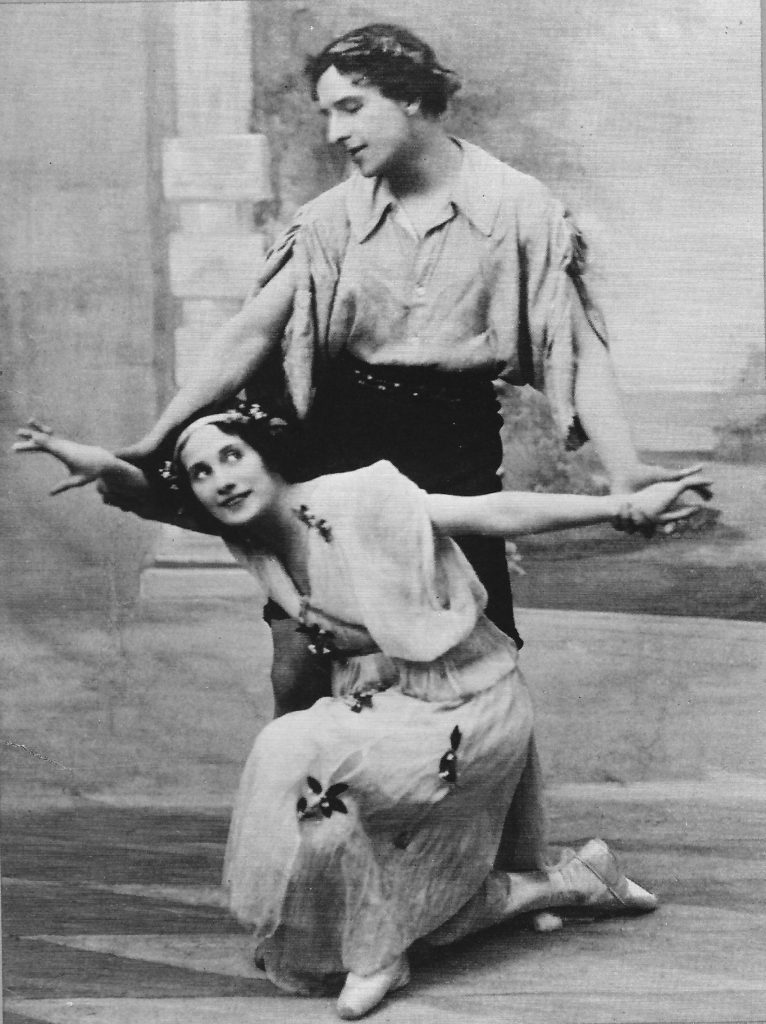
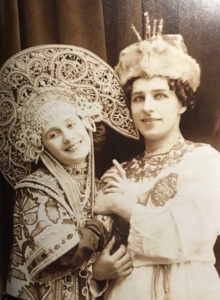
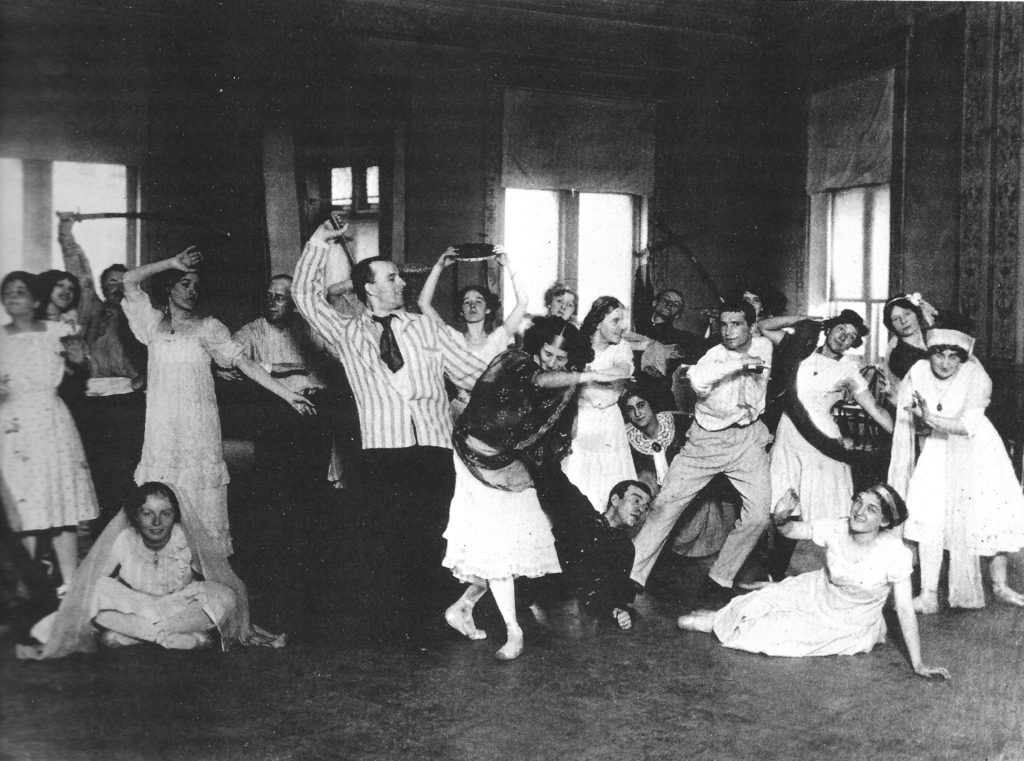
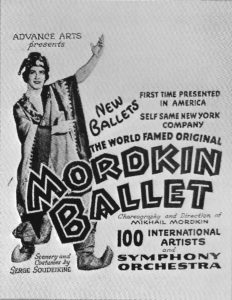
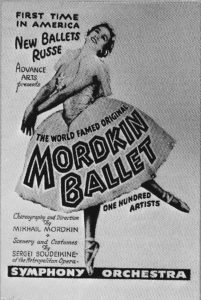 but was less than artistically fulfilling.
but was less than artistically fulfilling.